Dive into the vast multiverse of Spider-Man and discover the myriad versions of our favorite wall-crawler. From the streets of New York to the far reaches of the multiverse, Spider-Man’s legacy is as diverse as it is fascinating.
The Spider-Verse: A Universe Bursting with Spidey Stories!
Think of the Spider-Verse as a massive, endless web where each strand is a different universe with its very own Spider-Man. It’s like having endless versions of our favorite wall-crawler, each with their own tales to tell and skyscrapers to swing from!
As one of Marvel’s flagship characters, Spider-Man has resonated with audiences for decades due to his responsibility and charateristic. One of his famous motivation quotes “With great power comes great responsibility.” has become deeply embedded in our minds awareness. It’s not just a saying, it’s a life lesson we’ve all taken to heart.
The Spider-Verse leans into this notion by exploring the myriad permutations of Spider-Man across a sprawling multiverse. This provides creators with an endless sandbox for reinventing Spidey through new settings, histories, and characters while retaining those universally appealing core characteristics. The possibilities are limited only by imagination.
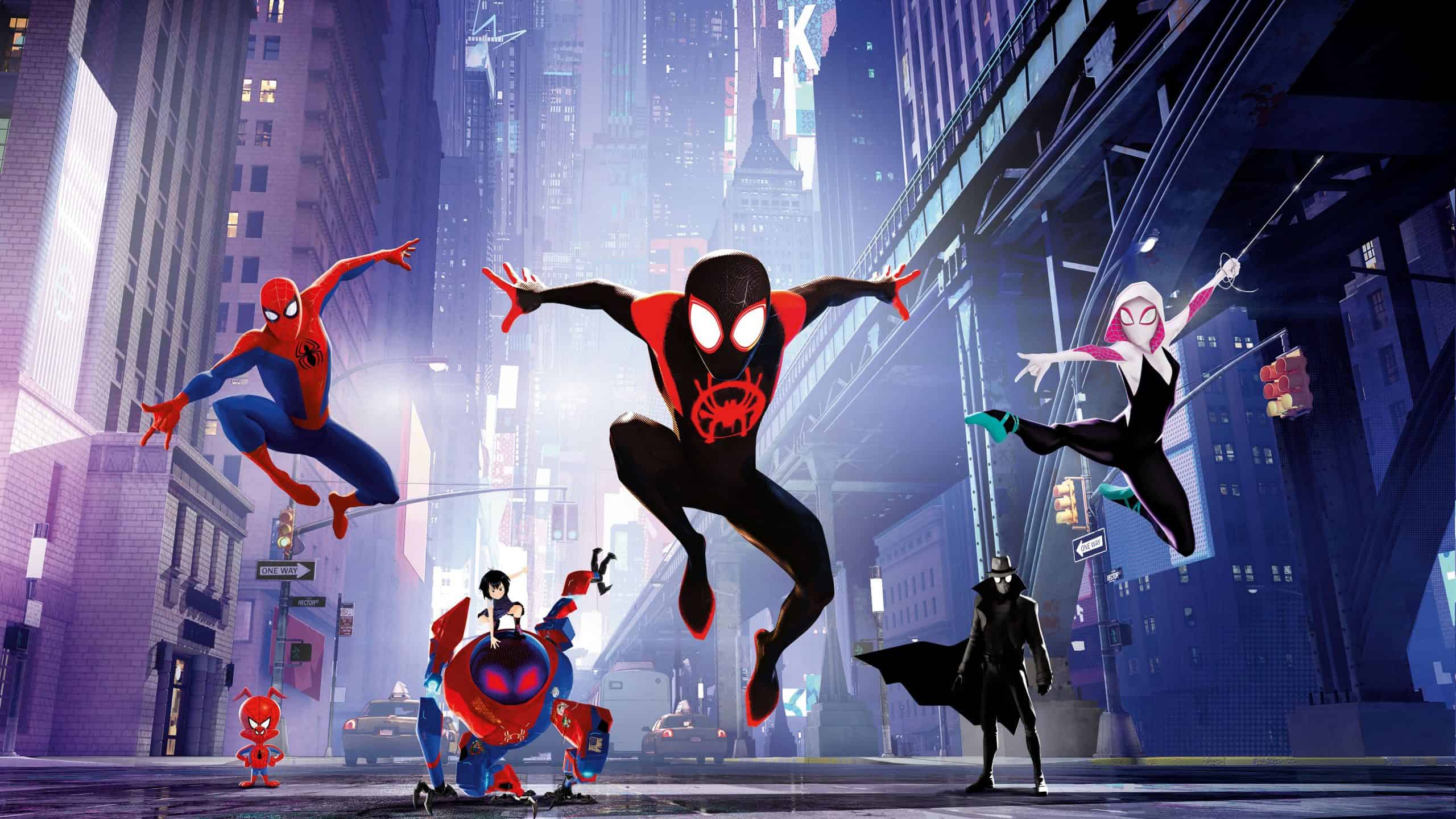
How Many Spider-Mans Are There?
There’s not just one Spider-Man, but a whole bunch of them! From comics to movies, TV shows, and even video games, we can find dozens of prominent, named Spider-Man incarnations.
In the comic book’s world, we all know Peter Parker, the OG Spider-Man. But there’s also Miles Morales, the cool kid who stepped up after Peter; Miguel O’Hara, our futuristic Spider-Man 2099; Gwen Stacy, who rocks it as Spider-Gwen; and many more.
The Spider-Verse storyline featured a web of over 60 named Spider-heroes, including fan-favorites like Spider-Ham, Spider-Girl, Spider-Man Noir, and Spider-UK. Each new storyline presents opportunities to reinvent or introduce Spideys from distinct universes.
Beyond comics, the popular Spider-Man films have featured different iterations such as Tobey Maguire, Andrew Garfield, and Tom Holland as live-action Peter Parkers. Meanwhile, the acclaimed Into the Spider-Verse animated movie brought yet more Spider-People to the big screen like Miles Morales and Gwen Stacy.
So while there may not be an exact count, the character’s cultural footprint has expanded well beyond Peter Parker to showcase the limitless variations possible within the Marvel Universe.
Different Spider Man Names and Their Origins
Peter Parker: The Original Spider-Man

Peter Parker, the OG friendly neighborhood Spider-Man, made his debut in 1962’s Amazing Fantasy #15 by Stan Lee and Steve Ditko. Orphaned as a child, the bookish and socially awkward Peter gained amazing powers after being bitten by a radioactive spider. Though initially using his abilities for fame and profit, the guilt Peter felt after failing to stop a burglar who later killed his Uncle Ben led him to understand that “with great power comes great responsibility.”
Swinging through the concrete jungle of New York City, Spider-Man became one of Marvel’s most beloved heroes due to his witty banter during fights and his relatable challenges balancing superheroics with his personal life. Key events in Peter’s story include the death of Gwen Stacy, bonding with the alien Venom symbiote, and being happily married to Mary Jane for decades until a infamous deal with Mephisto erased their union. Through tragedy and triumph, Peter Parker remains the heart of the Spider-Verse.
Miles Morales: The Successor
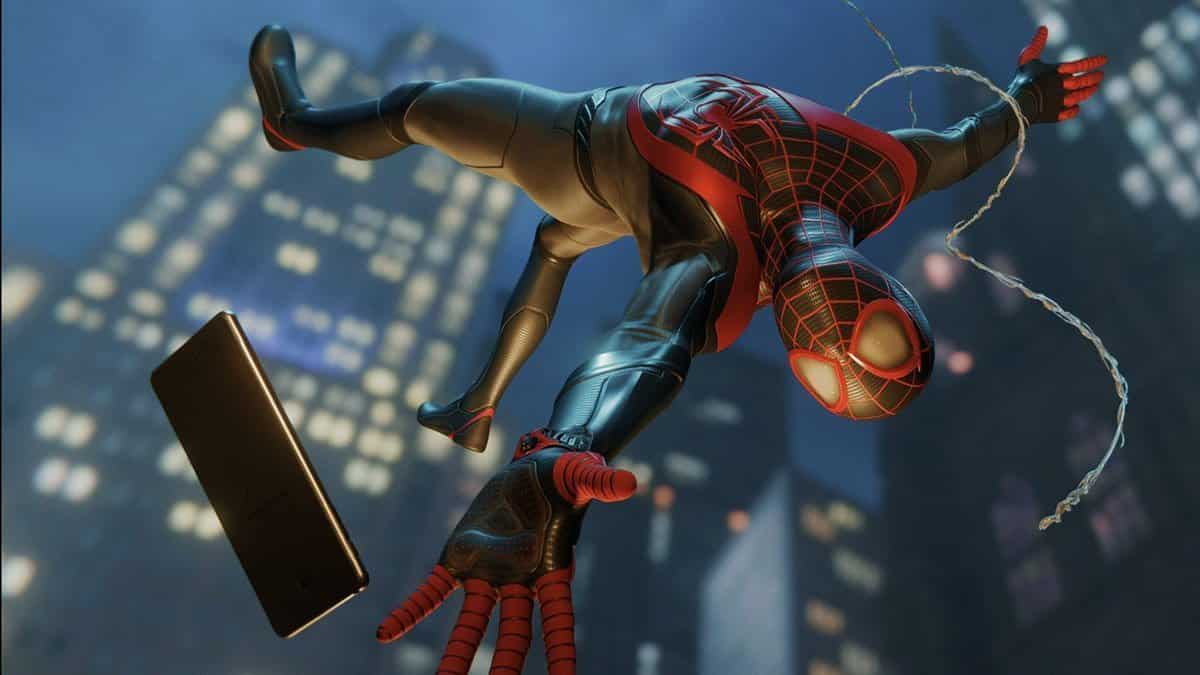
Introduced in 2011’s Ultimate Fallout #4, Miles Morales assumed the Spider-Man mantle in the Ultimate universe after Peter Parker’s death. As a Black and Hispanic youth, Miles brought much needed diversity and relatable struggles to Marvel’s flagship hero. Though initially unsure about living up to Peter’s legacy, Miles came into his own after saving numerous lives and proving anyone can wear the mask.
With unique abilities like venom blasts and camouflage, Miles firmly established himself as a new fan-favorite Spider-Man, eventually crossing over to the main Marvel Universe following Secret Wars. His coming-of-age journey learning to be Spider-Man inspired nationwide audiences in the Oscar-winning Into the Spider-Verse film. Miles exemplifies how the Spider-Man mythos can evolve and be reimagined for new generations.
Ben Reilly: The Scarlet Spider
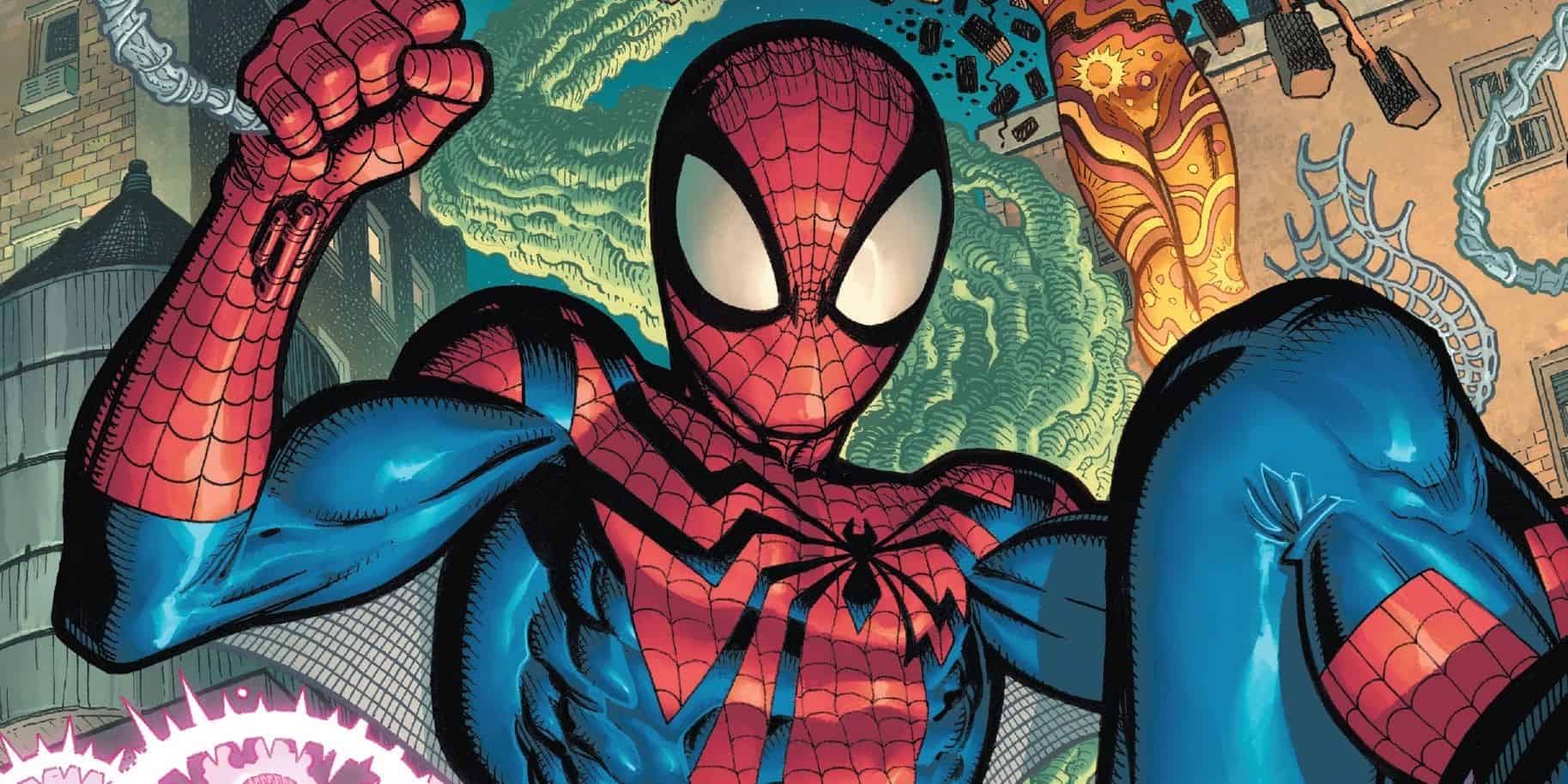
Ben Reilly is actually a clone of Peter Parker created by the Jackal, debuting in 1975’s Amazing Spider-Man #149. After being dumped outside New York, he spent years wandering the country aimlessly until returning in the infamous Clone Saga. Ben stepped up posing as Spider-Man when Peter temporarily retired.
Taking on the Scarlet Spider mantle, Ben fought alongside Peter as a short-lived Spider-Man successor. However, it was revealed the clone was degenerating and would die, prompting Ben to sacrifice himself to save Peter. Later resurrected, Ben has tried to escape the stigma of being “the clone” and operate as a flawed hero desperate to forge his own legacy.
Spider-Man 2099: Miguel O’Hara
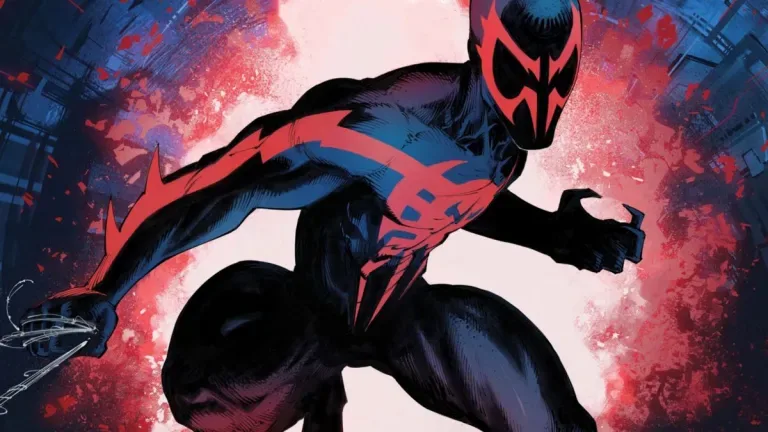
Hailing from the cyberpunk future of 2099, Miguel O’Hara gained powers from a gene-splicing incident and became the Spider-Man of his era. Debuting in 1992’s Spider-Man #1, Miguel battled sinister corporations ruling over the dystopian landscape while evading Public Eye officers and falling for Xina Kwan. His futuristic black-and-red costume incorporated retractable talons, gliding wings, and neon webbing.
Miguel differentiated himself through his genetic engineering prowess and by embracing the harsh realities of corporate-owned tomorrow. His video game DNA saw him star in the Shattered Dimensions game alongside other Spider-Men. As a man out of time, Miguel’s struggles to survive in the far future neatly reflected Peter Parker’s original challenges.
Spider-Man Noir: The Dark Detective

Debuting in 2009’s Spider-Man Noir #1, this grim take on the Web-Head reimagined him as a Depression-era street vigilante in a noir-inspired 1930s New York. When his uncle is killed by a crime boss, young Peter Parker takes to the shadows armed with pistols and donning a trenchcoat and fedora over his makeshift costume.
Fighting mobsters, crooked cops, and the machinations of the Rose, Spider-Man Noir crafted a neo-noir backdrop perfectly matched to this edgier pulp-flavored rendition. The four-issue miniseries embraced its stylistic conceits while retaining familiar Spidey tropes like the Daily Bugle, Aunt May, and an alliance with Felicia Hardy. This stylish detective spin remains a fan-favorite alternate take.
Spider-Wolf
Imagine a version of Peter Parker who gets bitten by a radioactive wolf instead of a spider. The result: Spider-Wolf, boasting the agility, wall-crawling, and spider sense of Spider-Man with the added ferocity, senses, and animal instincts of a wolf. This dangerous combination could create a more unhinged and feral hero, prone to losing control.
While this concept hasn’t been fully explored, one could imagine the internal conflict between wolf and man playing out dramatically, with Spider-Wolf’s primal rage endangering his loved ones against his better spider-judgment. The possibilities for complex storytelling and badass wolf-Spider action scenes make this a concept ripe for future development.
Spider-Punk (Hobie Brown)

Spider-Punk exists on Earth-138, a world where Hobie Brown was bitten by the radioactive spider instead of Peter. In this universe, corrupt President Osborn and his right-wing regime cracked down on superheroes, leading Hobie to embrace the power of punk rock rebellion.
As Spider-Punk, Hobie sports a mohawk and punk rock threads while leading molotov-tossing insurgents against President Osborn’s forces. His electrified guitar can manipulate sound waves while his spiked boots have steel-grinding capabilities. Spider-Punk brings a clash of counterculture defiance and superheroics that’s electrifyingly unique.
Spider-Phoenix

When Spider-Man bonds with the Phoenix Force, the cosmic embodiment of life and passion, it results in a hero of nearly unlimited power. Spider-Phoenix retains Peter’s wit and morality while wielding incredible energy manipulation abilities associated with the Phoenix. This allows for galaxy-spanning adventures as Spider-Phoenix works to alter cosmic events to avoid tragedy.
However, the immense power also threatens Peter’s humanity and self-control. Spider-Phoenix must constantly grapple with the Phoenix’s whispers in his mind, eager to overwhelm him with cosmic energies. This precarious balance could force Spider-Phoenix to isolate himself to avoid endangering those he loves.
Man-Spider
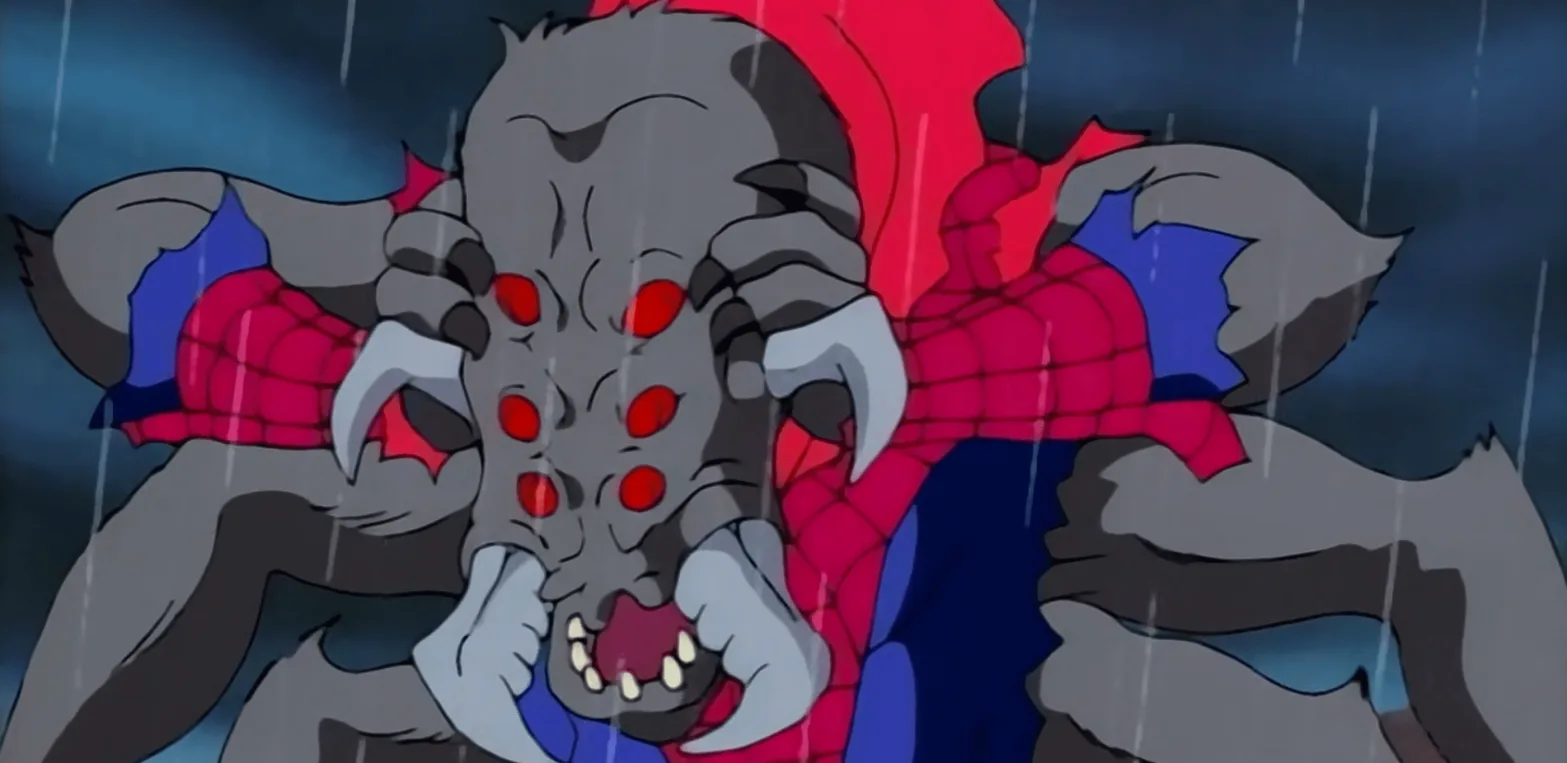
After trying to cure himself of mutated spider powers, Peter Parker tragically transforms into a horrific Man-Spider creature. With six arms, green skin, MULTIPLE rows of eyes, and twisted mandibles, Man-Spider loses his humanity while gaining increased strength and bloodlust. Barely able to speak, this tragic beast battles its human consciousness as he attacks both criminals and innocents.
Man-Spider represents how experiments to rid himself of powers often backfire horribly for Peter, threatening his moral code. While monstrous, vestiges of Peter’s humanity may remain, hoping allies can restore him before Man-Spider consumes Peter completely. This represents a classic trope of Spider-Man’s scientific mishaps creating as many problems as they solve.
Spider-Gwen (Ghost-Spider)

One of the most prominent Spider-Women in Marvel canon, Gwen Stacy hails from an alternate reality dubbed Earth-65. Introduced in 2014’s Edge of Spider-Verse #2, she was bitten by the radioactive spider instead of Peter Parker. After Peter dies trying to become a Lizard-like monster, Gwen takes up the mantle of Spider-Woman to honor his memory. She balances crime-fighting with life as a drummer in the punk band The Mary Janes.
After interacting with other spider-powered heroes, Gwen takes on the new moniker Ghost-Spider and works with Spider-UK and others to patrol the multiverse. This punk rock take adds a hip style while incorporating familiar Spidey mythos elements. Gwen remains one of the most popular breakout characters of the Spider-Verse era.
Unique Spider Man Characters from the Multiverse
Spider-Ham: Peter Porker
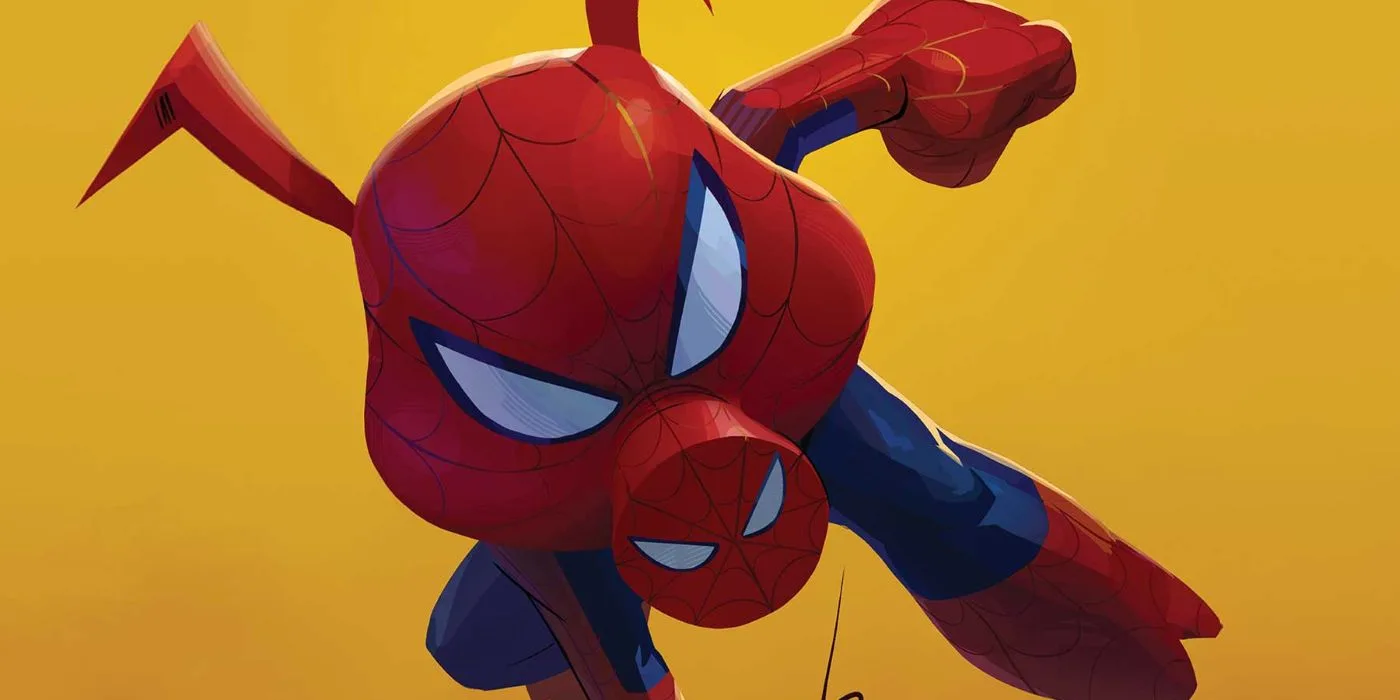
Unlike most Spider-Men, the absurdly hilarious Spider-Ham hails from a cartoonish universe of anthropomorphic animal superheroes and villains. As Peter Porker, he was originally an ordinary spider until being irradiated, giving him powers and the ability to talk. Adopting the name Spider-Ham, Porker protects the city of New Hog York from the nefarious Ducktor Doom and other animal-themed threats.
This parody version fueled by cartoony slapstick and comic absurdity proves that even the wackiest concepts can provide fresh takes on Spider-Man. Spider-Ham’s breakout role in Into the Spider-Verse introduced this two-dimensional trickster to wider audiences. Excelsior!
Spider-Man India: Pavitr Prabhakar
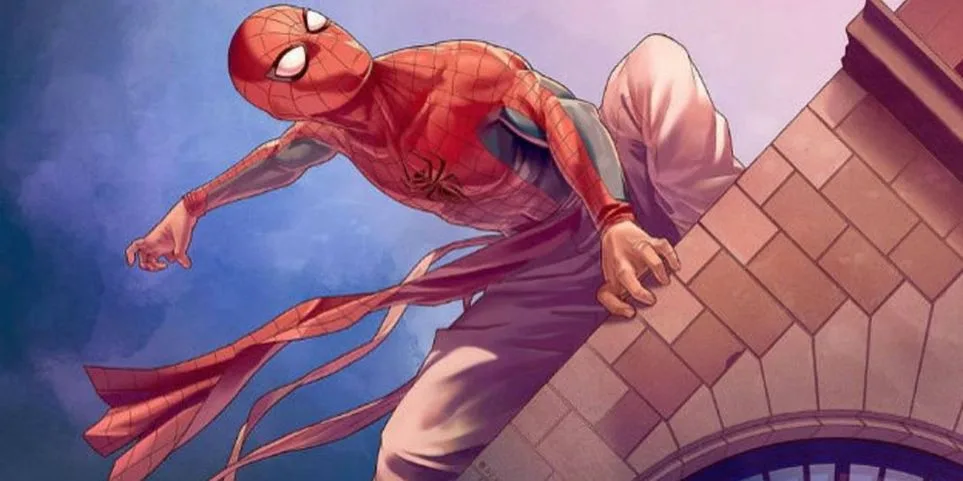
Published by Gotham Comics, Spider-Man India features Pavitr Prabhakar as a poor Indian boy who gains spider-powers and dons the classic suit. However, Spider-Man India incorporates uniquely Indian elements into the mythos including battles against versions of Green Goblin and Doctor Octopus based on Indian mythology.
By blending Spider-Man lore with authentic cultural components, Spider-Man India provides representation and diversity within the broader Spider-Verse. His role as protector of the innocent echoes across cultures. Spidey’s ability to cross borders and resonate globally helps explain the appeal of this localized take.
Spider-UK: Billy Braddock
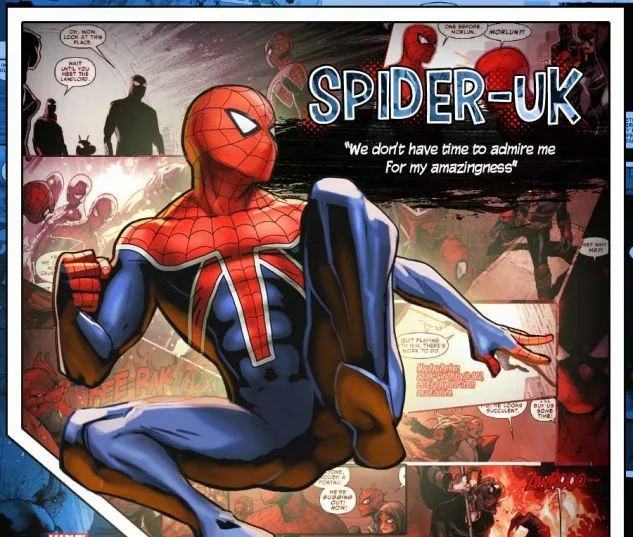
Originally Captain Britain of Earth-833, Billy Braddock gained Spider-powers and became the Spider-Man of his reality. As Spider-UK, Braddock guards the gateway to his dimension while protecting the multiverse from interdimensional threats. He wields powerful abilities to traverse alternate realities at will.
Coming from a British background, Spider-UK adds flair and humor by incorporating elements of European comics and UK pop culture. His prestige as a Captain Britain gives him tactical experience when coordinating teams of Spider-heroes. Spider-UK remains a vital leader and multiversal guardian within the Spider-Verse collective.
Supaidāman: Takuya Yamashiro
Produced by Toei Company in the 1970s, the Japanese Spider-Man TV series reimagined the concept for Japanese audiences. As motorcycle racer Takuya Yamashiro, he gains marvelous powers from the last survivor of Planet Spider. This Spider-Man also controls a giant robot called Leopardon!
Blending Spider-Man lore with Japanese tokusatsu traditions allowed this version to tap into wildly popular equivalents like Super Sentai. The emphasis on vehicles and mechs matched Japanese pop culture. This Eastern reinterpretation gave Spider-Man an anime-inspired overhaul reflecting Japanese styles.
Spiderling (Annie Parker)
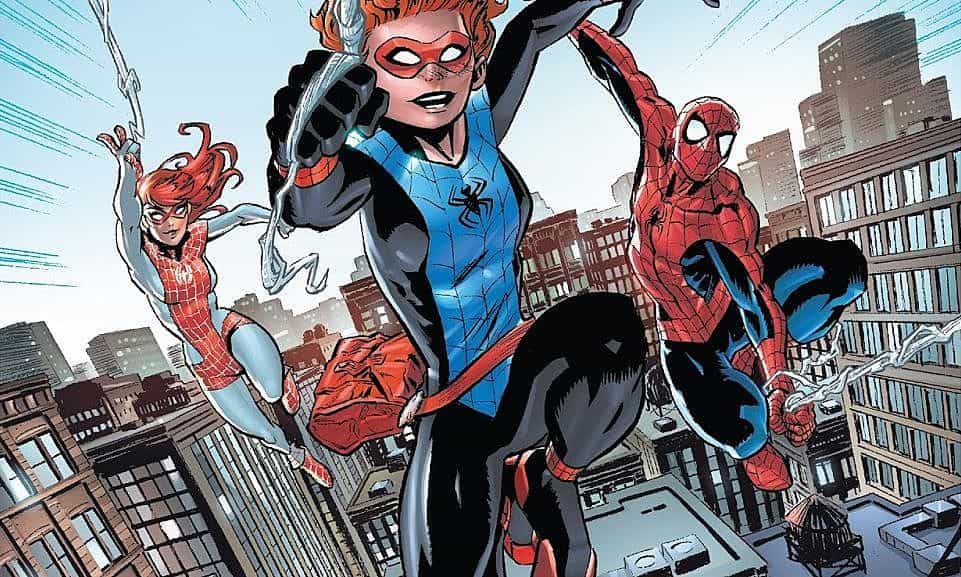
The daughter of Peter Parker and Mary Jane in the Renew Your Vows timeline, Annie Parker inherits spider-powers from her father. Though only a child, Spiderling bravely fights alongside her parents, using her diminutive size and inherited spider-skills to take down menaces threatening her family and the world.
Seeing Spider-Man’s child follow in her father’s footsteps provides a heartwarming twist to the mythos. Watching Peter balance superhero life with raising a powered daughter adds new wrinkles. Spiderling’s presence opens story potential related to inheriting seminal legacies.
Spider-Man J (Sho Amano)
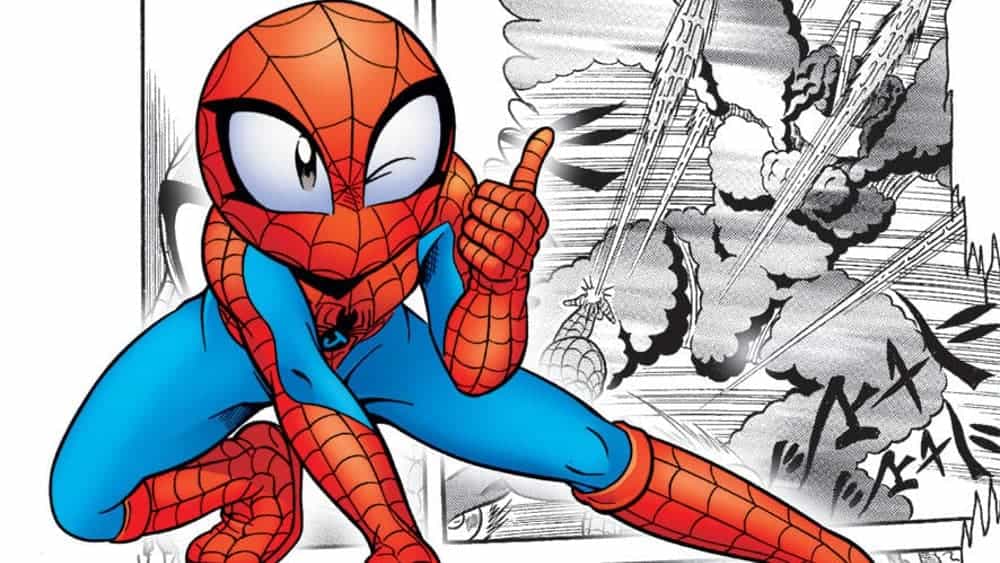
Existing in the Marvel Mangaverse, Spider-Man J features Sho Amano receiving a mysterious bracelet that gives him spider-powers. Taking a Japanese approach, this series reimagines Spidey with manga art flourishes, visual sound effects, and Pacific Rim-style giant robot action against similarly supersized foes.
By blending Eastern design sensibilities and narrative styles with the classic Marvel superhero, Spider-Man J provides a gateway into manga culture for Western readers. The result is an decisively Japanese take on the iconic Marvel hero.
The Spider (Gerald Drew)
In an alternate future reality, Jessica Drew’s son Gerald inherits spider-powers as a result of his mother’s radioactively altered genetics. Since Kaine is Spider-Man in this world, Gerald takes up the name The Spider while using high-tech gadgets to compensate for his reduced strength.
This legacy take on Jessica Drew’s offspring fighting crime provides an interesting generational dynamic. Gerald’s relationship with his mother and reliance on skill over powers gives The Spider a unique underdog appeal.
Cyborg Spider-Man
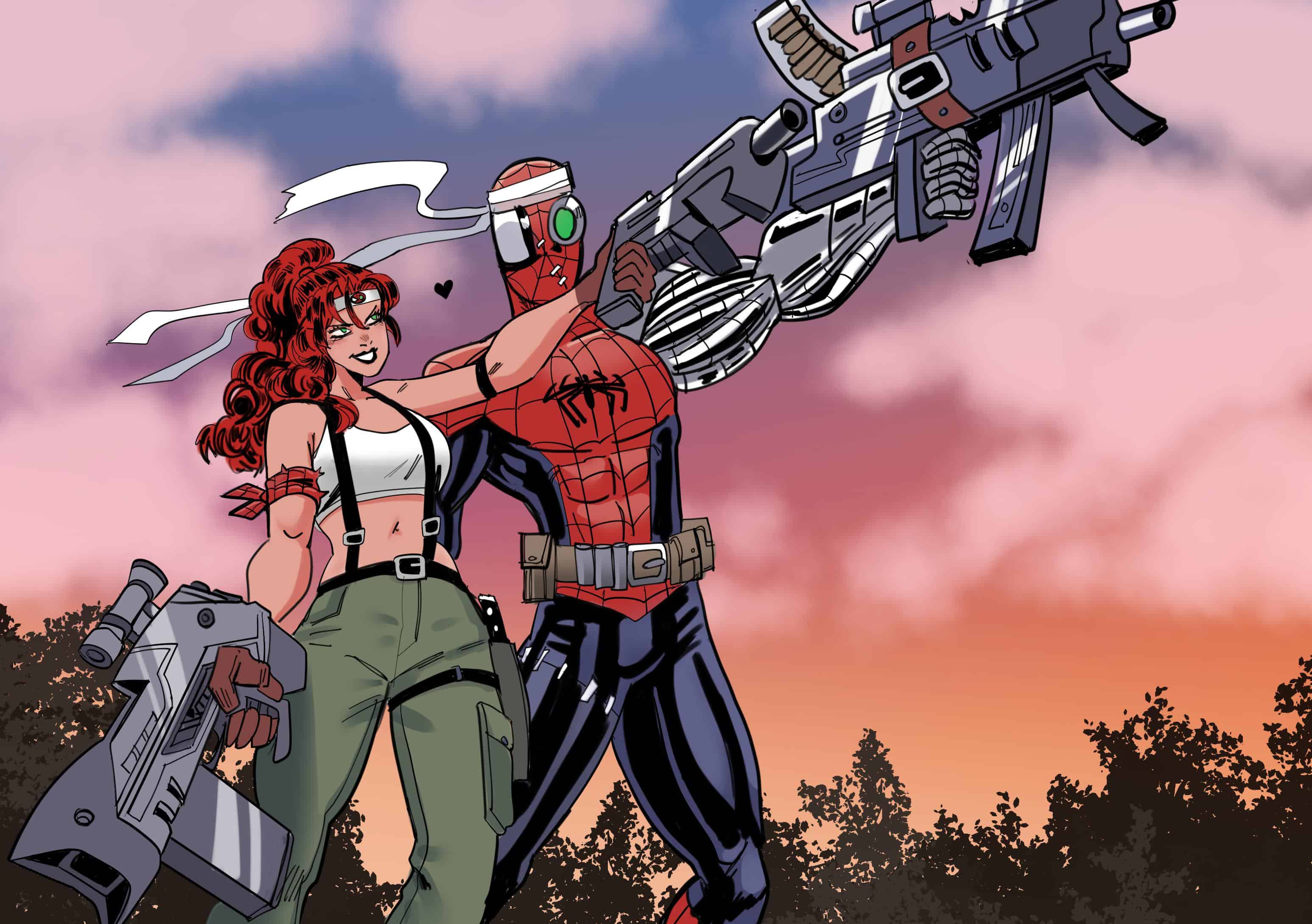
When regular Spider-Man Peter Parker loses most of his limbs in a brutal battle against the Green Goblin, Tony Stark steps in to save Peter’s life by turning him into a cyborg. With his new bionic arms and legs, Cyborg Spider-Man possesses strength comparable to Iron Man. He fights crime using built-in enhancements and tech.
This twist on Spider-Man as a traditional cyborg superhero opens story potential related to transhumanism and technology. It also indulges fans’ desires to see Spidey team up more regularly with favorite Avengers. The blend of spider powers with cybernetics remains relatively unexplored in Marvel canon.
Spider-Woman (Ashley Barton)
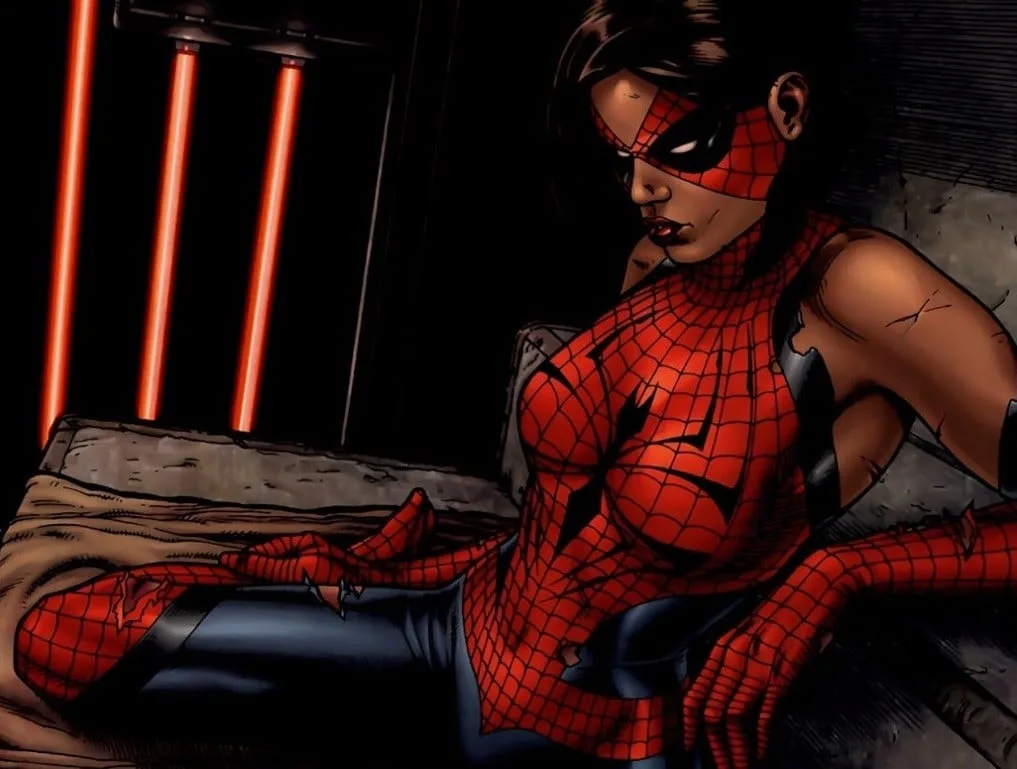
In an alternate future ruled by Kingpin in Old Man Logan, Peter Parker’s granddaughter Ashley Barton operates as Spider-Woman. She inherited spider-powers due to Peter’s irradiated genome, allowing her to survive in the Wastelands outside Kingpin’s territory. Despite her haunted past, she helps the elderly Logan on his quest.
This dystopian version portrays a jaded, hardened Spider-Woman protecting the weak in a ruined world. Watching a Parker descendant follow in Peter’s footsteps as a battle-scarred underdog adds emotional resonance and explores the reach of his legacy.
House of M Spider-Man
In the House of M reality where mutants rule society, Peter Parker is a celebrity superstar married to Gwen Stacy. However, feeling life is too perfect, the reality-warping abilities of his unknown mutant son begin fracturing Peter’s world.
This inversion of Parker luck into fortune soon reveals the complications and emptiness of getting everything you want. Peter must confront harsh truths and fight to preserve his crumbling reality or sacrifice it all to allow the world to be remade correctly.
Assassin Spider-Man
On Earth-8351, Peter Parker is recruited by Wolverine into a secret ops X-Men black ops team, training extensively as an assassin and covert agent. Hardened by tragedy, this version will readily sacrifice morals to eliminate superhuman threats for the greater good. Rules are for those too weak to do what’s necessary.
This take transforms friendly neighborhood Spidey into a full-fledged anti-hero willing to kill in the name of justice. Seeing how Peter’s principles erode when molded into a living weapon provides a gritty and thought-provoking twist.
Spider-Mech
In the year 2099, when the world is dominated by dangerous mech technology, 16-year-old Miguel O’Hara steps up as the pilot of the SP//dr mech suit. Merging cutting-edge robotics with spider-like agility and reflexes, Miguel defends New York City against similarly giant-sized threats as Spider-Mech.
This futuristic reimagining lets Spider-Man take on kaiju-level enemies in Pacific Rim style mech combat. The contrast between Miguel’s youth inside the mech suit and the vast power at his command provides plenty of mecha action potential.
The Spider-Verse in Movies and Pop Culture
Spider-Man: Into the Spider-Verse
This Oscar-winning 2018 animated film brought the concept of a Spider-multiverse to mainstream audiences for the first time.
It introduced Miles Morales as an insecure teen who becomes Spider-Man after Peter Parker dies. When Wilson Fisk uses a particle accelerator to access parallel universes, Miles teams up with alternate Spider-heroes to stop him. These included Gwen Stacy as Spider-Gwen, Peter B. Parker, Spider-Ham, Spider-Man Noir, and Peni Parker with her robot SP//dr.
Seeing these unique takes on Spider-Man sharing an adventure solidified the Spider-Verse as a hit concept. The film became acclaimed for its stylish visuals, humor, and heart.

Live-Action Spider-Men
While Tobey Maguire, Andrew Garfield, and Tom Holland have all portrayed Peter Parker on the big screen, each actor brought something distinctive to their version. Maguire’s dorky, earnest hero helped kickstart the modern superhero boom. Garfield’s cocky, angsty take channeled teenage spirit. Holland balanced youthful energy with veteran experience after debuting in the MCU.
In Spider-Man: No Way Home, these three Spider-Men teamed up live-action for the first time through multiverse magic. Seeing them interact, commiserate, and join forces to fight a Sinister Five proved a crowd-pleasing reward for fans. Their team-up embodied the spirit of Spider-Verse.
The Legacy and Impact of the Spider-Verse
The Spider-Verse represents a massive culmination of decades of Spider-Man storytelling, remixing these elements into bold new combinations. It celebrates the enduring popularity of the character by proving his ability to transcend time and cultural boundaries.
Just as Peter Parker was relatable for 1960s teens, modern fans connect with the diverse experiences of heroes like Miles Morales, Gwen Stacy, and Miguel O’Hara. Spider-Man has become a cultural icon because his everyman struggles and selfless heroism inspire us to find the hero within ourselves.
The Web of Life and Destiny continues to expand, allowing fresh voices to add their unique threads to the ever-evolving Spider-Verse tapestry. As long as new generations can see themselves reflected in Spider-Man’s eyes, the epic of this amazing hero will never truly end.
Conclusion
Spider-Man’s appeal is truly universal into the Spider-Verse. Whether it’s the classic New York skyline with Peter Parker or the high-tech world of Spider-Man 2099, the heart and soul of Spider-Man never change. It’s all about facing life’s ups and downs, learning from mistakes, and always getting back up.
What’s truly magical about the Spider-Verse is its endless stories. It’s like opening a book where every page takes you to a new adventure, a new challenge, and a new Spider-hero. As long as there are challenges to face and stories to tell, the web of the Spider-Verse will continue to expand, capturing the hearts of fans old and new.



Leave a Reply